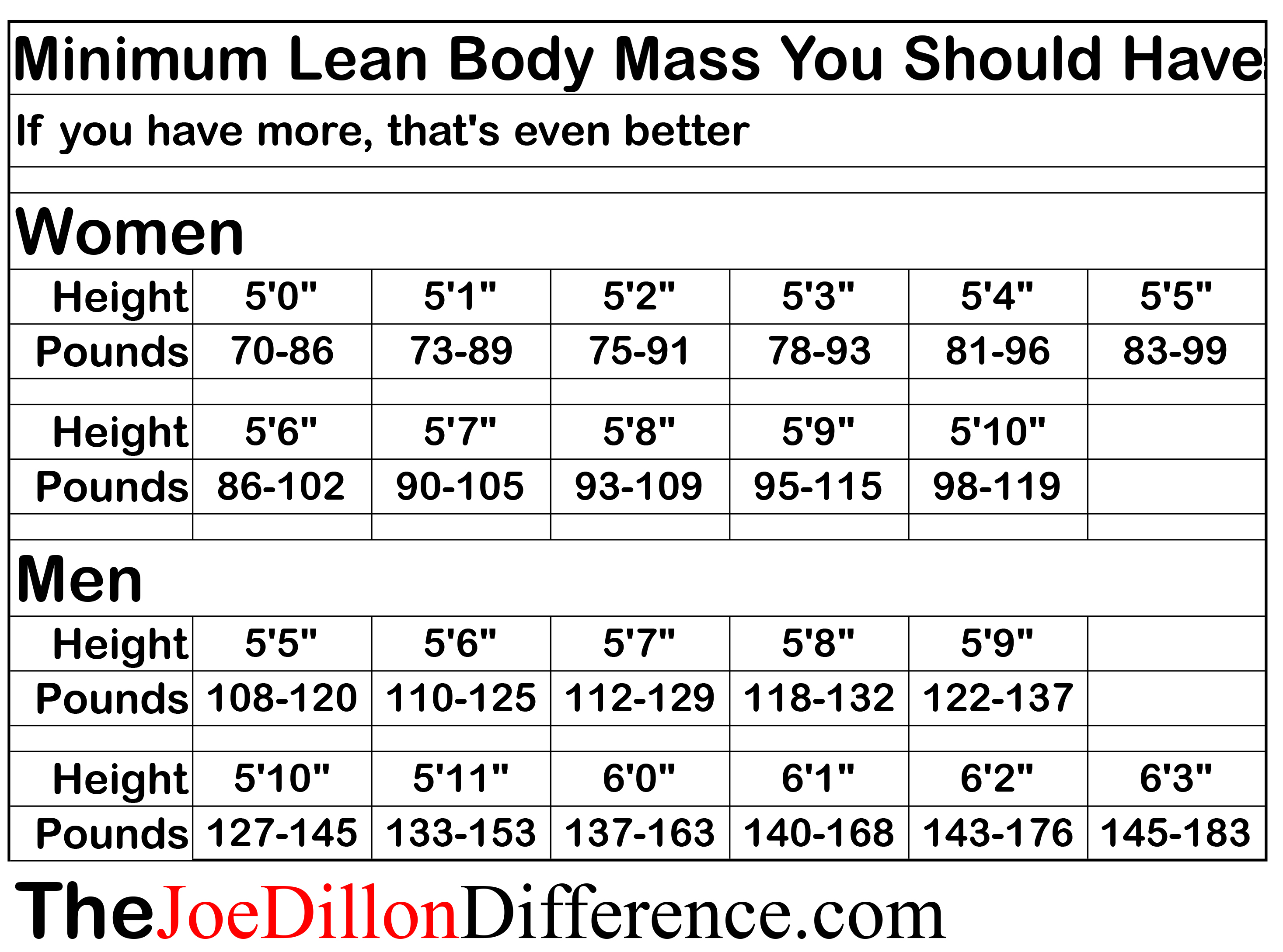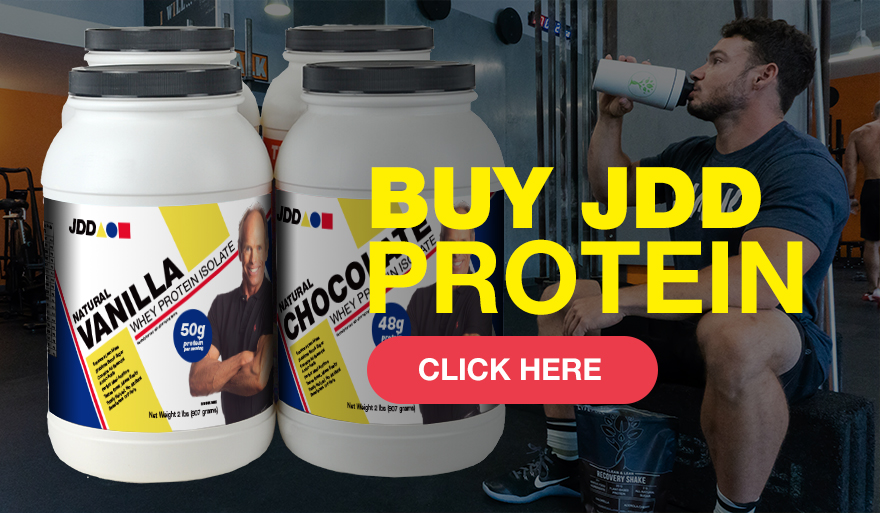Are You Committed?
December 14, 2022
Goals for 2023
As we approach the end of 2022, this is an ideal time to give serious thought to your goals for 2023.
What is a goal? How do we go about setting a goal? A goal is only effective if it motivates you to get out of bed and do something about it. An effective goal will scare you. No risk, no reward. If a goal is too easy, it will not fire you up. If a goal seems impossible, you will give up before you start. An effective goal is a 50/50 proposition. A goal is something you really want but there is about a 50% chance you will fail trying to attain it.
Goals are about change. Significant change. The vast majority of human beings will do almost anything to avoid change. Human beings are addicted to the status quo. The vast majority of human beings are passive and complacent. They float like dead fish down the stream.
As my grandfather, who was a very successful surgeon and taught at Stanford Medical School, used to say: “It takes a live fish to swim upstream.” The image that comes to my mind is a salmon leaping dramatically upstream.
The catch: Life is change. As the Greek philosopher Heraclitus said: “You cannot enter the same river twice.” Life is flux.
As Charles Darwin wrote, life is a non-stop process of constantly adapting to an ever-changing environment. Survival of the fittest meaning life goes to those who are the most resilient.
To put it bluntly: Adapt or die. Adapt or get left behind. How competitive is life? 99% of all the species of plants and animals which have ever existed have gone extinct.
What are the characteristics of the 1% who not only survive but actually thrive? Scorpions, for example, have been around for over 300 million years.
Whatever it Takes
The fittest in terms of survival and passing on their genes are resourceful. They are omnivorous. They are not picky eaters. They will eat nearly anything living or dead. Think of crows. They will eat roadkill or the eggs of other birds. And they are very smart.
Survivors don’t waste energy whining and complaining. They get on with the business of living. Think of the great movie “The Pianist” – a true story. He survived the Holocaust in Poland. After World War 2 and his horrific experience hunted by Nazis for the length of the war and nearly starving to death, he let it go. He moved on. He had a full and deeply meaningful life. He had a brilliant career as a composer and an internationally famous concert pianist. He had a long and fruitful marriage with children and grandchildren. In short, he not only survived a Kafka-like nightmare, but he also thrived. He was committed to doing whatever it took to accomplish his goal. Namely, come out of the war alive and in possession of his soul.
Which brings us back to goals or New Year’s resolutions. An effective goal is a significant, even profound change you want to make happen in your life.
For example: you might want to attain and sustain 15% body fat or less (if you are a man) or 22% body fat or less (if you are a woman.) (And by the way, this would be a significant goal as less than 10% of Americans ever attain 15% or 22% body fat respectively.)
This level of health and fitness (15% and 22%) is attainable by anyone. In fact, 15% and 22% is the neutral point, the point physiologically where the amount of body fat in a person’s body no longer interferes with physiological functioning. 15% and 22% is not some super ripped world class athlete. 15% and 22% is a corner stone of optimal health, maximum health span and performance. In fact, leaner is better. Excess body fat is insanely toxic.
Inflammation
We have discussed how incredibly damaging inflammation is to the human body. Chronic inflammation is the root cause of all degenerative disease: cancer, heart disease, dementia and long covid, to name a few.
Excess body fat (which is any body fat over 15% or 22% respectively) produces inflammatory cytokines – incredibly toxic inflammatory molecules. That is just one of many reasons leaner is better. You can’t get too lean. Notice: I said “lean” – not skinny. Lean means an optimal amount of Lean Body Mass: muscles, bones, organs and the fluids of your body. And a minimal amount of body fat.
Setting a goal of attaining (and sustaining – never be fat again) 15% or 22% body fat would be reasonable goal for 2023. It would dramatically improve your health, vitality and resilience.
What would be a safe and reasonable rate of progress to accomplish 15% or 22%?
A safe, healthy and reasonable rate of fat loss is ½ to 1 pound of body fat per week. Or 2 to 4 pounds of body fat per month.
How does one effectively go about that? How do you know if you are losing fat and not muscle?
Getting leaner and healthier is not about weight loss per se. It is about enhancing your lean body mass and just losing fat. Getting lean is NOT about going hungry or starving yourself.
The single healthiest and most effective method to lose body fat and simultaneously build your muscles and your bones is Step One: Get rid of most of the carbohydrates in your diet and your home. It is carbohydrates that trigger the release of insulin: the most powerful fat-storing hormone in the human body.
We go back to The Joe Dillon Difference Essentials:
1: Hydrate: drink nothing but pure water. Recall the formula: divide your body weight by 2. That is the minimum number of ounces of water you need every day. A 200-pound person needs at least 100 ounces of pure water per day.
2: Eat Approximately one gram of animal protein per pound of body weight per day. (Note: hard training high school and/or college athletes need 2-3 times this.) You need to sustain a minimum amount of lean body mass. (See Minimum Lean Body Mass Chart.) Start every day with a 2 scoop JDD shake. Drink a 2 scoop JDD shake within 30 minutes of finishing your workout. Remember: only high quality, complete protein can build muscle and bone.

3: Eat healthy fat to satiety: Super Omega-3 fish oil (my Online Store: 6-12 capsules per day). Butter. Coconut oil. Whole eggs fried in bacon grease. Fatty red meat like ribeye steaks. Olive oil. Avocado oil.
4: Leafy green vegetables with olive oil or avocado oil and sea salt. Green, non-starchy vegetables like broccoli or asparagus with lots of butter and sea salt.
This ends Part 1.
We will talk more about exercise, sleep, establishing your blood panel baseline, and your 4 daily measurements next time.
Thank you for listening.
I appreciate your business and your support.
Joe
 Cart (0)
Cart (0)

